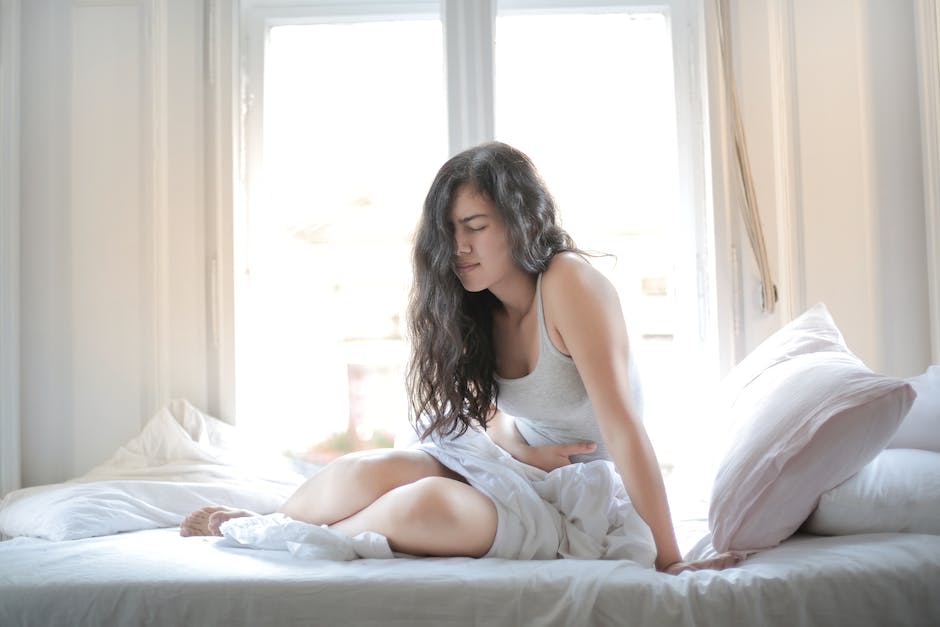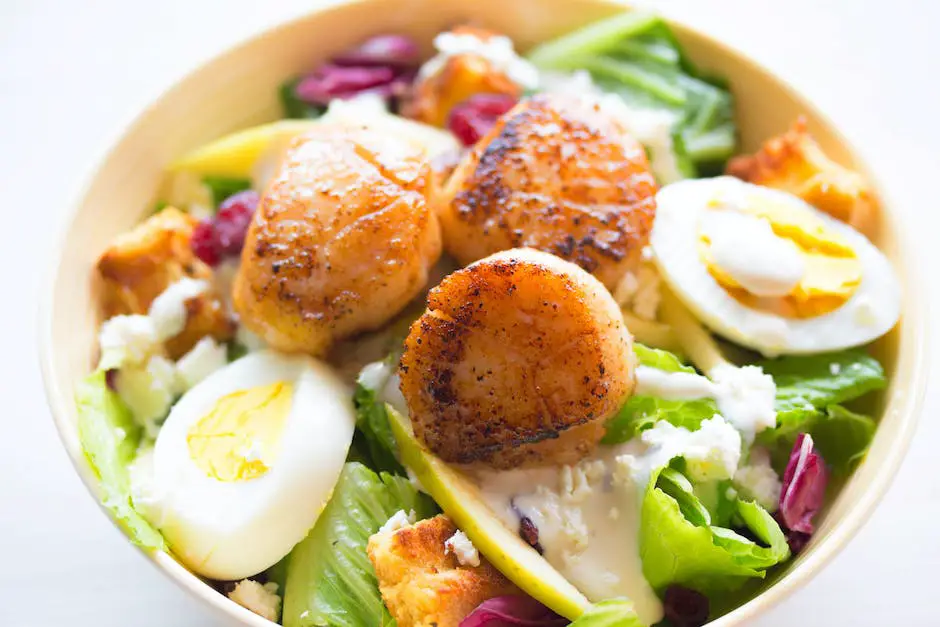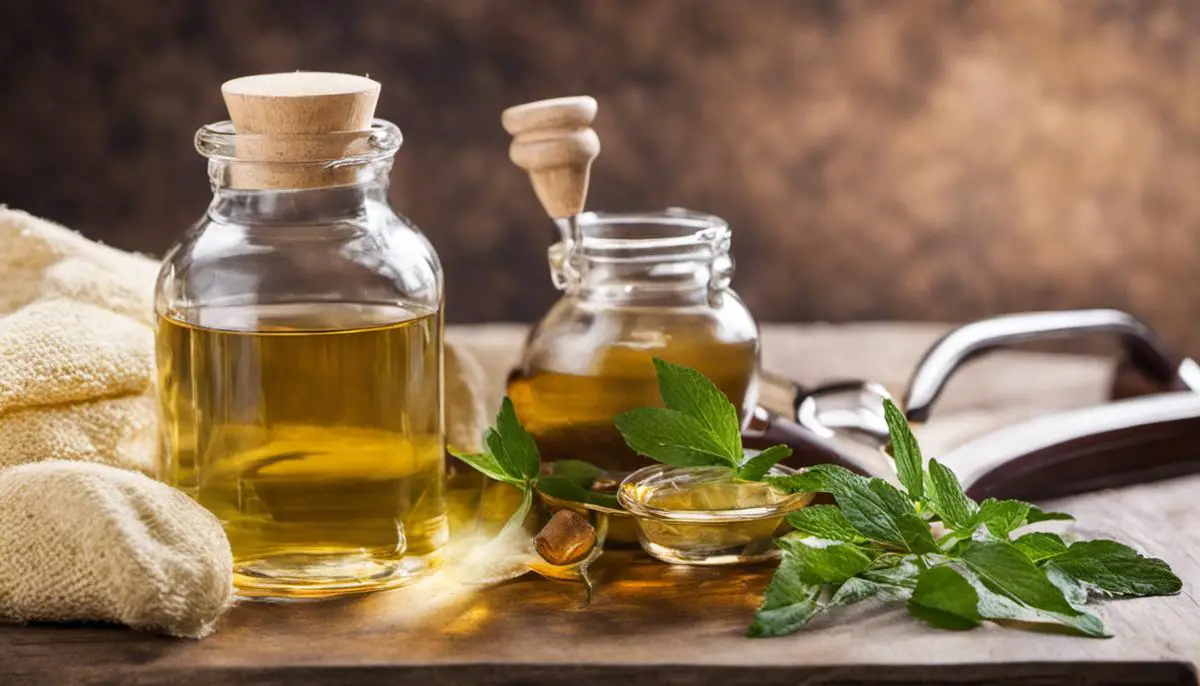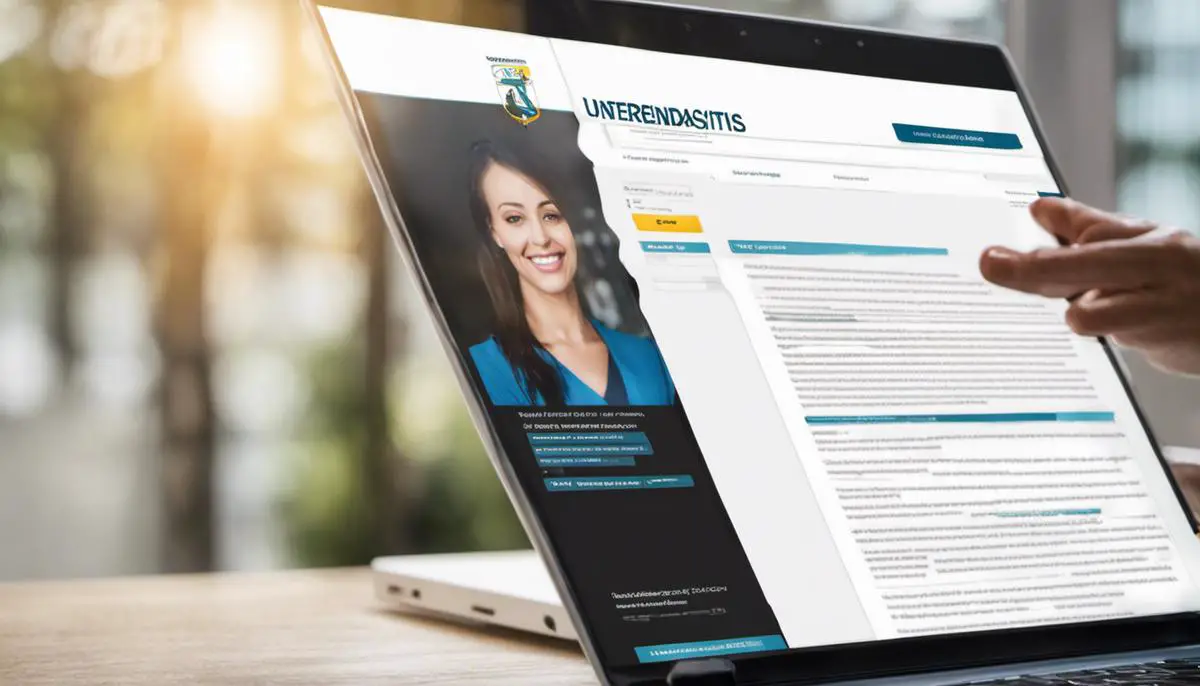Interstitial Cystitis (IC), sometimes referred to as painful bladder syndrome, is a chronic condition that can cause varying degrees of discomfort and disruption to those affected. It is essential for individuals diagnosed with IC to understand the nature of the condition, its causes, symptoms, and conventional treatments. Equally important, however, is the exploration of home remedies and natural interventions that can offer management strategies to mitigate symptoms. Dietary changes, stress management techniques, natural supplements, and physical exercises are all tools that can complement conventional treatments and offer holistic approaches towards health in those with IC. Ensuring the safety and understanding of possible side effects of these home remedies adds another layer to this thoughtful and comprehensive self-care approach.
Understanding Interstitial Cystitis
Understanding Interstitial Cystitis: A Definition
Interstitial Cystitis (IC), also known as bladder pain syndrome, is a chronic condition causing bladder pressure, bladder pain, and sometimes pelvic pain. Characterized by a feeling of discomfort or pain in the bladder and the surrounding pelvic region, this condition can impact both men and women. The severity of symptoms varies where some may experience mild discomfort while others may suffer from intense pain.
Causes of Interstitial Cystitis
The exact cause of interstitial cystitis isn’t known. It might occur when there are defects in the protective lining (epithelium) of the bladder. Without this barrier, toxic substances in urine could irritate the bladder wall. Other suggested causes include autoimmune reactions, heredity, infection, or allergy.
Symptoms Associated with Interstitial Cystitis
Common symptoms of Interstitial Cystitis are often similar to those of a urinary tract infection, but without the presence of an actual infection. They include chronic pelvic pain, a persistent, urgent need to urinate, frequent urination, and pain during sexual intercourse. Intensity of symptoms can fluctuate with varying factors such as the menstrual cycle, stress, physical activity, and sexual activity.
Conventional Treatments for Interstitial Cystitis
Conventional treatments for interstitial cystitis are focused on relieving symptoms and may include medications, physical therapy, nerve stimulation, bladder distention, and in severe cases, surgery. Medications include pentosan polysulfate sodium, tricyclic antidepressants, or antihistamines to help relieve pain and urinary frequency. Physical therapy to relax pelvic muscles that contribute to the pain can also be beneficial.
It’s important to note that the treatment varies considerably from individual to individual. What works for one person might not work for another, and some treatments might provide only temporary relief. Therefore, it’s essential for sufferers to discuss their symptoms and treatment options in detail with their healthcare provider.

Natural and Home Remedies
Dietary Changes for Interstitial Cystitis
Certain foods and beverages can trigger interstitial cystitis (IC) symptoms. It may be beneficial to restrict consumption of acidic and spicy meals and carbonated or caffeinated drinks. Also, consider decreasing alcohol and artificial sweeteners from your intake. Consult with a healthcare professional before making any comprehensive changes to your diet, but testing an elimination diet could help pinpoint any specific food triggers.
Stress Management Techniques for Interstitial Cystitis
Stress often amplifies the symptoms of IC. Learn effective stress management techniques such as deep-breathing exercises, yoga, tai chi, or similar activities. Regular exercise can also promote better mental health and decrease stress. Another beneficial practice is ‘guided imagery’, which provides a mental escape that can reduce stress levels. Restful sleep is crucial for mitigating stress responses: try to ensure a consistent sleep schedule and a quiet, relaxing bedroom environment.
Physical Therapy Practices
Some find that physical therapy techniques, particularly pelvic floor exercises, assist in managing IC symptoms. Consulting with a trained physical therapist who specializes in pelvic issues could provide exercises which help relax and strengthen the pelvic floor, potentially alleviating pain and frequency of symptoms.
Natural Supplements for Interstitial Cystitis
There is ongoing research over the usefulness of certain supplements in lessening symptoms of IC. Quercetin, a natural anti-inflammatory and antihistamine, may potentially provide relief for some individuals. Preliminary studies also suggest that L-Arginine, an amino acid that assists in nitric oxide production which expands blood vessels, potentially improving circulation and reducing bladder inflammation. Always talk to your healthcare provider before beginning a new supplement, as they can interact with other medications or medical conditions.
Bladder Training
Bladder training involves gradually extending the periods between your bathroom visits. This is a technique that may help increase bladder capacity and reduce the frequency of needing to urinate. While initially uncomfortable, with patience and consistency, this method could help condition the bladder to retain more urine for longer periods, potentially reducing symptoms over time.
Heat and Cold Therapy
Application of heat or cold can provide temporary relief from IC pain. A heating pad or warm bath can help relieve pelvic discomfort. Conversely, a cold pack might reduce inflammation. Experiment with both to see which provides the most relief.
Remember, while these home remedies can help manage symptoms, they are not a cure for IC. Always consult your healthcare provider for personalized treatment options and before starting any new therapies.

Exercise and Physical Therapy
Understanding the Role of Exercise in Managing Interstitial Cystitis
Exercise can significantly help manage the symptoms of Interstitial Cystitis (IC), a chronic bladder condition. Regular physical activity increases blood flow to your bladder and can stimulate pain managing chemicals in your brain, thereby reducing the discomfort and urgency associated with IC. It’s essential to focus on exercises that help enhance your cardiovascular health, boost muscle endurance and improve overall wellbeing.
Walking, swimming, cycling, and yoga are effective low-impact exercises suitable for people with IC. Incorporating these activities into your routine at least three times per week can help manage IC symptoms. Always be sure to listen to your body’s signals and stop if you feel any discomfort during these activities.
The Importance of Physical Therapy in Interstitial Cystitis Management
Alongside regular exercise, physical therapy is crucial for managing Interstitial Cystitis symptoms. This non-invasive form of treatment can help release the pelvic floor muscles that may contribute to bladder tension and pain.
Physical therapy programs for IC often involve the utilization of biofeedback technology to improve patients’ understanding of their pelvic muscles. Therapists might also guide patients through manual therapy, where gentle pressure is applied to the affected areas to release muscle tension.
Pelvic Floor Exercises
Pelvic floor exercises, also known as Kegel exercises, are beneficial for people living with IC. These exercises can help strengthen the pelvic floor muscles, which support the bladder and bowels, thereby help to manage IC symptoms.
To perform Kegel exercises, start by identifying your pelvic floor muscles. These are the muscles you’d use to stop the flow of urine midstream. To do the exercise, engage (tighten) these muscles, hold for 10 seconds, then slowly release for 10 seconds. Repeat multiple times throughout the day.
Fluid Control Techniques and Bladder Training
Another physical therapy technique used for managing IC is directed at controlling fluid intake and retraining the bladder. Bladder training involves gradually increasing your bladder’s capacity to hold more urine before you feel the need to urinate.
Start by scheduling bathroom breaks at certain intervals throughout your day, even if you don’t feel the need to urinate. Gradually try to extend the amount of time between these bathroom breaks, aiming for an interval of about 3-4 hours.
Mindful Practice and Breathing Exercises
Practices such as yoga and deep breathing exercises can also help manage IC. They work by reducing muscle tension and relaxing the nervous system, which in turn can alleviate the pain and discomfort associated with IC. These practices can be done at home with the help of online instructional videos or guided apps.
In conclusion, a combination of regular low-impact exercise, physical therapy techniques including pelvic floor exercises and bladder training, and mindful practice can significantly help in managing the symptoms of Interstitial Cystitis and improving your quality of life.

Safety of Home Remedies
Safety and Possible Side Effects of Home Remedies for Interstitial Cystitis
Interstitial Cystitis (IC) is a chronic bladder condition characterized by discomfort and pain in the bladder region. Although seeking professional medical advice is highly recommended for managing IC, some individuals opt for home remedies. It’s crucial to research the safety and potential side effects of these remedies before trying them out.
Dietary Changes
A common home remedy approach to IC is altering your diet. Certain foods and drinks, such as those containing caffeine, citrus fruits, and spicy foods, may exacerbate IC symptoms. However, eliminating or decreasing consumption of these items might have side effects. Lowering calcium intake by avoiding dairy, for example, might result in decreased bone density over time.
Heat or Cold Therapy
Applying heat or cold to the pelvic area can alleviate IC pain. While generally safe, either application can cause burns or frostbite if not done correctly. Always use a barrier, like a towel, between your skin and the heat or cold source.
Quit Smoking
Quitting smoking can help alleviate IC symptoms as nicotine irritates the bladder. Yet, withdrawal symptoms like mood swings, weight gain, cravings, and others can occur. It’s important to seek advice from a healthcare professional to manage these side effects effectively.
Physical Therapy
This method is useful in relieving pain associated with IC. However, if not done correctly, physical therapy exercises can cause additional pain or stress on the body. Always work with a professionally trained therapist or under the guidance of a healthcare provider.
Stress Management Techniques
Stress may amplify IC symptoms, so exercising stress management strategies like yoga, meditation, or progressive muscle relaxation can be beneficial. However, beginners should be aware that incorrect posture and stretches in yoga can lead to muscle strain. Acquiring guidance from a professional instructor is advisable.
Urinary Tract Infections (UTI) Preventatives
Cranberry supplements and other substances are often suggested to prevent UTIs, a common trigger for IC flare-ups. But these substances can interact with certain medications, or, in the case of cranberries, cause stomach upset. Always check with a healthcare professional before starting such supplements.
Bladder Training
This involves controlling urinary urges to extend time between bathroom visits. If not handled well, this might lead to accidental leakage or increased pain and discomfort from straining the bladder.
In conclusion, while home remedies can provide some relief from IC symptoms, it’s critical to consider their safety and potential side effects. Always consult with a healthcare professional before starting any home treatments.

By interweaving understanding of Interstitial Cystitis with a comprehensive look at home remedies, their safety, and their potential efficacy, individuals diagnosed with this condition can take an empowered step towards managing their symptoms and enhancing their quality of life. More importantly, by focusing distinctly on safe yet effective methods involving nutrition, stress management, supplementation and physical therapy, there is a potent encouragement for those afflicted by this condition to champion their health. When these various threads of conventional and home treatment strategies are brought together into a holistic tapestry of care, the management of Interstitial Cystitis becomes more achievable.
